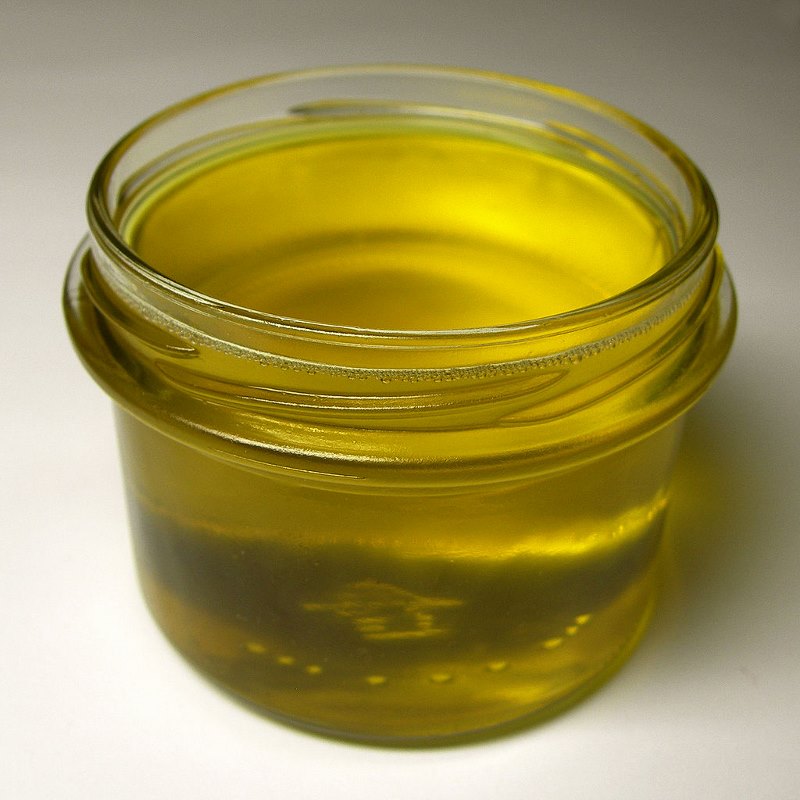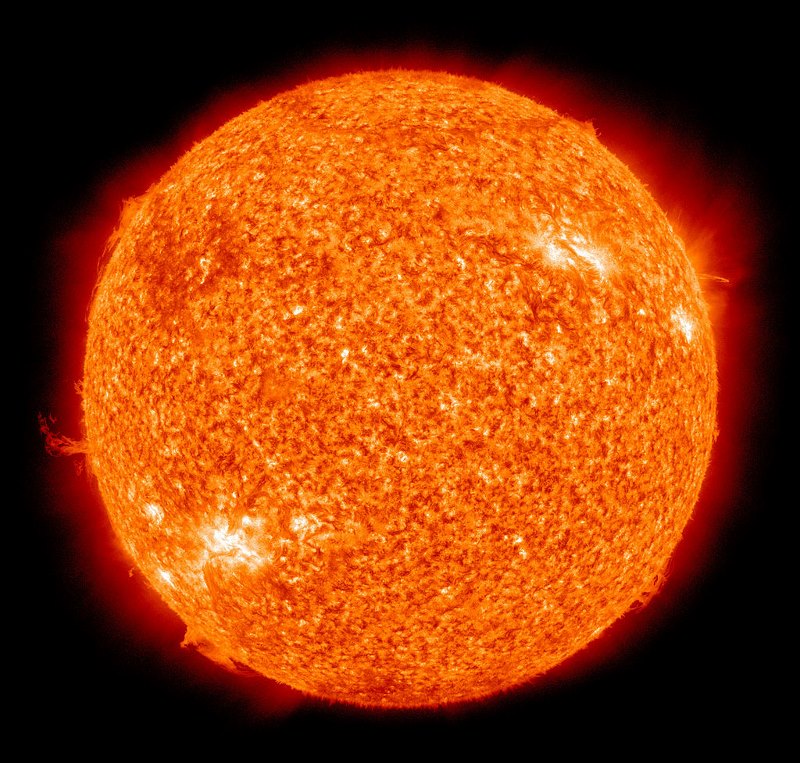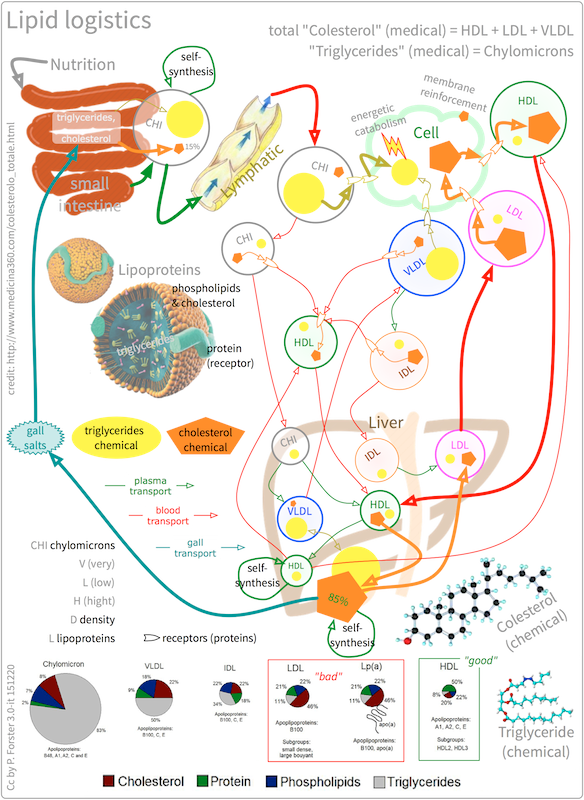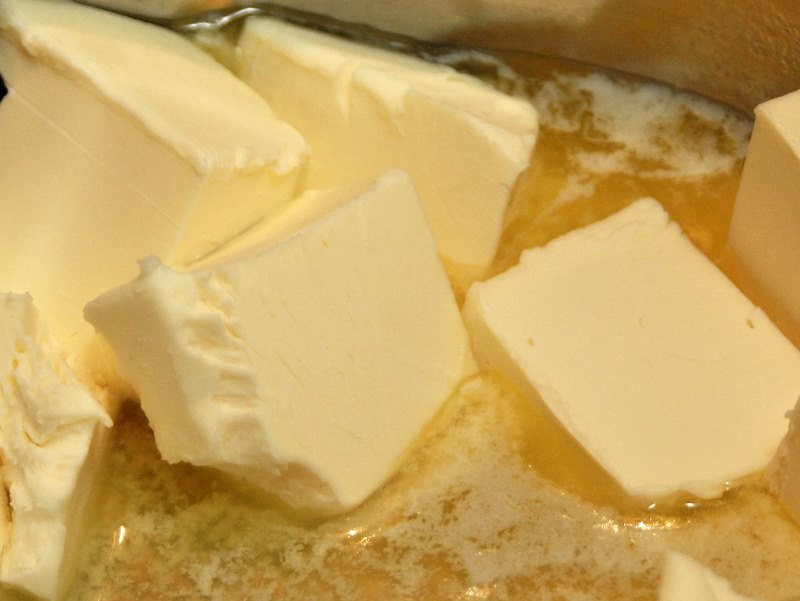I recently did a post about which nuts and seeds were good for your diet?. To which the answer was, ‘Well, none of them really!’ Certainly not in any quantity. The reason for this was the high fat content of nuts and seeds. The thing is, though, that nuts and seeds are considered healthy, despite all this fat content. And this is because the fats in nuts and seeds are considered to be ‘good’ fats. But is there really such a thing as a ‘good’ fat or a ‘bad’ fat?
Along with carbs and proteins, fat is one of the three macronutrients, known as macros. Each of these macros has a series of subdivisions. The carbohydrates macro, for example, divides into: sugars, starches and fibre. Each division of each macro is subject to debate as to whether it is ‘good’ or ‘bad’. I’ve actually discussed this in terms of sugars, in a previous post. But nothing is as decisive as fat when it comes to deciding what is good and bad.
But even this current level of divisiveness is an improvement on times gone past. For a long time, fat was demonised and basically thought of as the root of all evil. Great attempts were made to reduce the amount of fat in foods. If you wanted to lose weight, you had to avoid fat like the plague. All fat was bad, pure and simple.
The net result of this was that fat was reduced in a huge amount of foodstuffs. This left food, in particular dessert food and snacks, somewhat bland. Consequently, masses of sugar was used to replace the removed fat. This improved the flavour no end, but pushed the calories of the product right back up again. For a long time, people were eating things like zero-fat yoghurts and feeling completely virtuous.
Then someone finally thought to check the calories in said yoghurt…
And, well, long story, short; sugar is now the root of all evil!
Meanwhile, a more nuanced approach is being taken towards fats. Sure, some types of fat are still considered to be the work of the devil. Some, however, are considered to be virtually heavenly. But, which is which? Which is the good fat, and how sure are we really that the bad fats are actually bad?!
First, a quick bit of science in an effort to clarify matters…
Get it? Clarify…? As in clarified butter. You know, because butter is a fat…!? Oh, come on! This is good stuff.

By Rainer Z … – Own work, CC BY-SA 3.0, https://commons.wikimedia.org/w/index.php?curid=5639242
Technically, fats, oils and lipids are all different things. But as I’m talking about ‘Dietary Fat’, I’m happy to lump them all in together. To be honest, these differences do matter, because it has a bearing what differentiates the various types of fat, but I’ll explain that when I get to it.
Fat molecules are made up of fatty acids and glycerol and largely consist of chains of carbon and hydrogen atoms. This latter aspect makes fats hydrophobic, which is why fats don’t mix with water. Examples of fat molecules include triglycerides and cholesterol. I covered triglycerides quite a lot in my post on how fat actually leaves the body. Both triglycerides and cholesterol are found in the human body. And I wonder, fair reader; how you would choose to label each of the two, in terms of the ‘good’ and ‘bad’ labels?
Anyway, it is the arrangement of the carbon atoms in the chains of fatty acids that dictates the category into which a particular fat is placed. It goes a little something like this:
- Saturated Fats – no double bonded carbon in the chain
- Monounsaturated Fats – one double bonded carbon in the chain
- Polyunsaturated Fats – more than one double bonded carbon in the chain
- Trans Fats – unsaturated fats, where hydrogen atoms are arranged on opposite sides of the double bonded carbon
- Cis Fats – all unsaturated fats that are not Trans Fats. Here the hydrogen atoms are on the same side of the double bonded carbon
- Hydrogenated Fats – unsaturated fats that have altered by a reaction with hydrogen to break any double bonds to achieve a saturated fat
And what does all this mean in real terms?
Well, now I understand where the expression Cisgender comes from! Cisgender people are not Transgender people, along the same lines as Cis Fats are not Trans Fats.
Other than that, important things to note are:
- Saturated fats and hydrogenated fats are solid
- Unsaturated fats (including trans fats) are liquid
- Hydrogenation is the process of turning a liquid fat into a solid fat
- Trans fats are generated during the hydrogenation process, as contamination of a side reaction
So, now we know our cast of fats, we need to work out which are good and which are bad.
The first thing to reiterate is that you really do need fats in your diet. Not only is fat a major source of energy but certain vitamins are only fat soluble. The best way to get these vitamins into your body is when they’re consumed with fat (or direct from the Sun). And, once in your body, they’re also stored in your fat deposits. The vitamins in question are:

In addition to this, fat is needed for the following functions in your body:
- Build and maintain cell membranes
- Build and maintain the myelin layer around your nerves (without which you’d be in a World of pain!)
- Blood clotting
There are various other functions as well but, you get my point; your body needs fat to function. Which means that you need to eat fat, in order to maintain a healthy body. Get it? Got it? Good!
This, incidentally, is why overall health didn’t improve during the war on fat in the ’80s…
Right, so if we’re going to have to eat some of the damn stuff, what type of fat should we be looking for. And what should we be avoiding. Let’s start with the latter.
The one thing that everyone currently agrees upon is that Trans Fats are bad for you. To explain why, I’m going to quote Wikipedia:
Although trans fats are edible, consuming trans fats has been shown to increase the risk of coronary artery disease in part by raising levels of low-density lipoprotein (LDL, often termed “bad cholesterol”), lowering levels of high-density lipoprotein (HDL, often termed “good cholesterol”), increasing triglycerides in the bloodstream and promoting systemic inflammation.
Which reintroduces us to the wonderful world of cholesterol!

OK, brace yourself; I’m going in…
Our body needs cholesterol, which is why it makes its own. Cholesterol also makes up 30% of animal cell membranes. When we consume dietary cholesterol, this has to be processed by the digestive system. Once processed by the gut, cholesterol is moved, via the bloodstream, to where it will be used (muscles) or removed (liver). And because blood is largely water, and cholesterol is largely hydrophobic, the two do not mix very well.
And this is the source of the issue.
Simply put, LDL cholesterol does not travel well in the blood. White blood cells try and collect the LDL molecules and get overloaded, turning them into ‘foam cells’. These foam cells get trapped in the walls of the blood vessels and build up to form plaques. Said plaques cause a narrowing of the blood vessels, which, in time, can lead to heart attacks and strokes. As such, LDL is ‘bad’ cholesterol.
HDL does not do this. HDL is ‘good’ cholesterol.
And it is this that translates into what makes a ‘good’ or a ‘bad’ fat. The higher the concentration of LDL cholesterol in a fat, the more likely it is to be considered as a bad fat.
As trans fats are wall to wall LDL, they’re the ultimate villain. Definitely avoid trans fats.
In order to ensure this, we need to know where trans fats might be lurking.
By far the largest source of trans fats is human processing. Most trans fats are formed in the hydrogenation process that turns liquid fats into solid fats. The process that turns oils into margarines. This is why margarine has one of the highest concentrations of trans fats of any food type.
It’s important to note that there is a difference between margarines and ‘spreads’. A lot of the butter substitute spreads, that you might think of as margerines, are, in fact, something different. Or at least they claim to be. Many buttery spreads say they no longer use the hydrogenation process, instead using fractionation or interesterification, whether this is a good thing or not, I don’t really know. I imagine time will tell.
Certainly, many of these spreads claim not to contain any trans fats. But there are so many butter substitute and margarine products available, in so many countries, that I can’t go into depth here. Maybe I’ll come back to it at a later date. For the time being, all I can recommend is that if you’re using a butter substitute or margarine, be sure it doesn’t contain trans fats.
Phew!
Okay, so trans fats also occur naturally in the milk and body fats of ruminants like cows, sheep and goats. This means that there will be small to trace amounts of trans fats in:
- Butter
- Animal fat
- Meat
- Milk

Bear this in mind because, according to the Harvard Medical School page on fats:
Even small amounts of trans fats can harm health: for every 2% of calories from trans fat consumed daily, the risk of heart disease rises by 23%.
But enough about trans fats, lets skip to the other end of the scale: unsaturated fats.
Unsaturated fats, both monounsaturated and polyunsaturated are low in LDL and high in HDL cholesterol. This is a double bonus because HDL cholesterol can actually help break down the plaques caused by LDL cholesterol.
On the basis of this, unsaturated fats are considered to be ‘good’ fats, because they’re crammed full of the good cholesterol. These fats are liquid at room temperature. They’re also the fats that you find in nuts and seeds, which is why these foods are considered to be so healthy. Despite how calorie dense they are.
And that brings us to saturated fats.
When it was realised that you couldn’t remove all fats from your diet and live healthily, the search started for a hero and a villain of the fat world. Unsaturated fats were quickly established as the good guys. Trans fats soon became known as the baddies. And saturated fats were lumped in with trans fats as something to avoid.
But, as the Mayo Clinic page on Dietary Fats points out:
Saturated fats raise high-density lipoprotein (HDL or “good”) cholesterol and [my emphasis] low-density lipoprotein (LDL or “bad”) cholesterol levels…
The next part of the quote goes on to say, “which may increase your risk of cardiovascular disease.” But I wanted to pull that out because that is simply keeping in line with the historic position on saturated fats. And this position may well be changing.
My point, here, is that if HDL can clear up LDL, might the cholesterol in saturated fat cancel itself out, health-wise? Or, if you eat a mixture of unsaturated and saturated fat, might this provide enough total HDL to compensate for any LDL?
Honestly, I don’t know.
But what I do know is that there are an increasing number of research papers that are calling into question the blanket statement that saturated fat is bad. Like this meta-analysis from 2010, which concludes, “There is no significant evidence for concluding that dietary saturated fat is associated with an increased risk of CHD [Coronary Heart Disease] or CVD [Cardiovascular Disease].”
I don’t have the knowledge or expertise to get into all this but I’m old enough to remember how the ‘experts’ were wrong to say that, ‘All fat was bad!’ Which means that I’m going to keep an open mind now that these same experts are saying, ‘All saturated fat is bad!’
We know that correlation is not causation. A lot of these recent research papers are indicating that the evidence that saturated fat is related to heart disease based on correlation. That there is no evidence of causation. As such, I remain to be convinced, not least because of the French Paradox. The French, it seems, stuff themselves silly with saturated fats and then shrug off the heart related issues that are supposed to follow.

Clearly, there is more at work here than the simple argument of: saturated fat = unhealthy.
Which is why I will continue to use butter, in favour of margarine or butter substitute, or whatever these spreads are calling themselves, on my sandwiches. I will also continue with what I consider to be a balanced, healthy diet, rather than turning to veganism.
So, with the exception of trans fats, I consider all fats to be ‘good’ fats, providing they’re consumed sensibly and in moderation. Which is why I will generally favour unsaturated fats over saturated fats when I’m preparing evening meals. I will, however, continue to use saturated fats, in the form of butter, when I’m baking. Just like the French.
